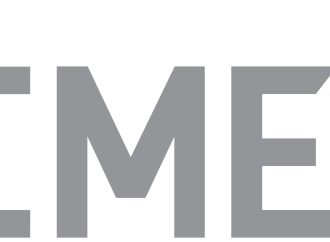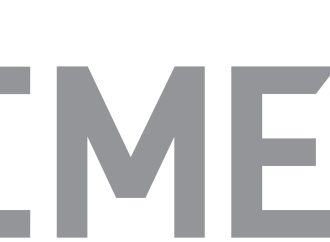The increase in Red Knots at the Jersey Shore serves as an important environmental indicator with implications for the overall health of the ecosystem. It signifies positive changes in various ecological factors and highlights the success of conservation efforts. Here are several reasons why the increase in Red Knots is significant: 1. Habitat Quality: The
The increase in Red Knots at the Jersey Shore serves as an important environmental indicator with implications for the overall health of the ecosystem. It signifies positive changes in various ecological factors and highlights the success of conservation efforts. Here are several reasons why the increase in Red Knots is significant:
1. Habitat Quality: The presence of a growing Red Knot population suggests that the coastal habitats along the Jersey Shore are becoming more suitable and supportive of the birds’ needs. Healthy and diverse habitats provide an abundance of food resources, safe roosting areas, and suitable nesting sites. The increase in Red Knots indicates that these habitats are improving in terms of their overall quality, availability, and ecological integrity.
2. Food Web Dynamics: Red Knots are a key species within the coastal food web. Their diet primarily consists of horseshoe crab eggs, but they also feed on a variety of other invertebrates found in coastal ecosystems. The increase in Red Knots suggests that the availability of their preferred food sources, particularly horseshoe crab eggs, may be improving. A thriving Red Knot population indicates a healthier balance within the food web, as their presence depends on a sufficient and sustainable supply of prey.
3. Ecosystem Resilience: The Red Knot’s recovery is a positive sign for the overall resilience of the ecosystem. As a migratory species, Red Knots rely on several habitats along their annual journey. Their increased numbers at the Jersey Shore indicate that the region’s coastal ecosystem is recovering from past disturbances and can now support a higher abundance of this migratory species. A resilient ecosystem can better withstand environmental changes and support a more diverse range of species.
4. Conservation Effectiveness: The increase in Red Knots is a testament to the effectiveness of conservation efforts focused on their protection. It signifies that targeted conservation measures, such as habitat restoration, responsible management of food sources, and public awareness campaigns, are yielding positive results. The success story of the Red Knots at the Jersey Shore can serve as inspiration and encouragement for future conservation initiatives aimed at other species and ecosystems.
5. Indicator Species: Red Knots are considered an indicator species, meaning their presence and abundance can provide insights into the overall health and condition of an ecosystem. Their sensitivity to environmental changes and dependence on specific habitats make them useful indicators of ecosystem health. Monitoring their population trends and behaviors can help scientists and conservationists assess the impacts of human activities, climate change, and habitat alterations on the coastal ecosystem.
In summary, the increase in Red Knots at the Jersey Shore is an important environmental indicator that reflects improving habitat quality, food web dynamics, ecosystem resilience, and the effectiveness of conservation efforts. By paying attention to these indicators and continuing conservation initiatives, we can protect and restore coastal ecosystems for the benefit of the Red Knots and the entire array of species that rely on these habitats.























Leave a Comment
Your email address will not be published. Required fields are marked with *